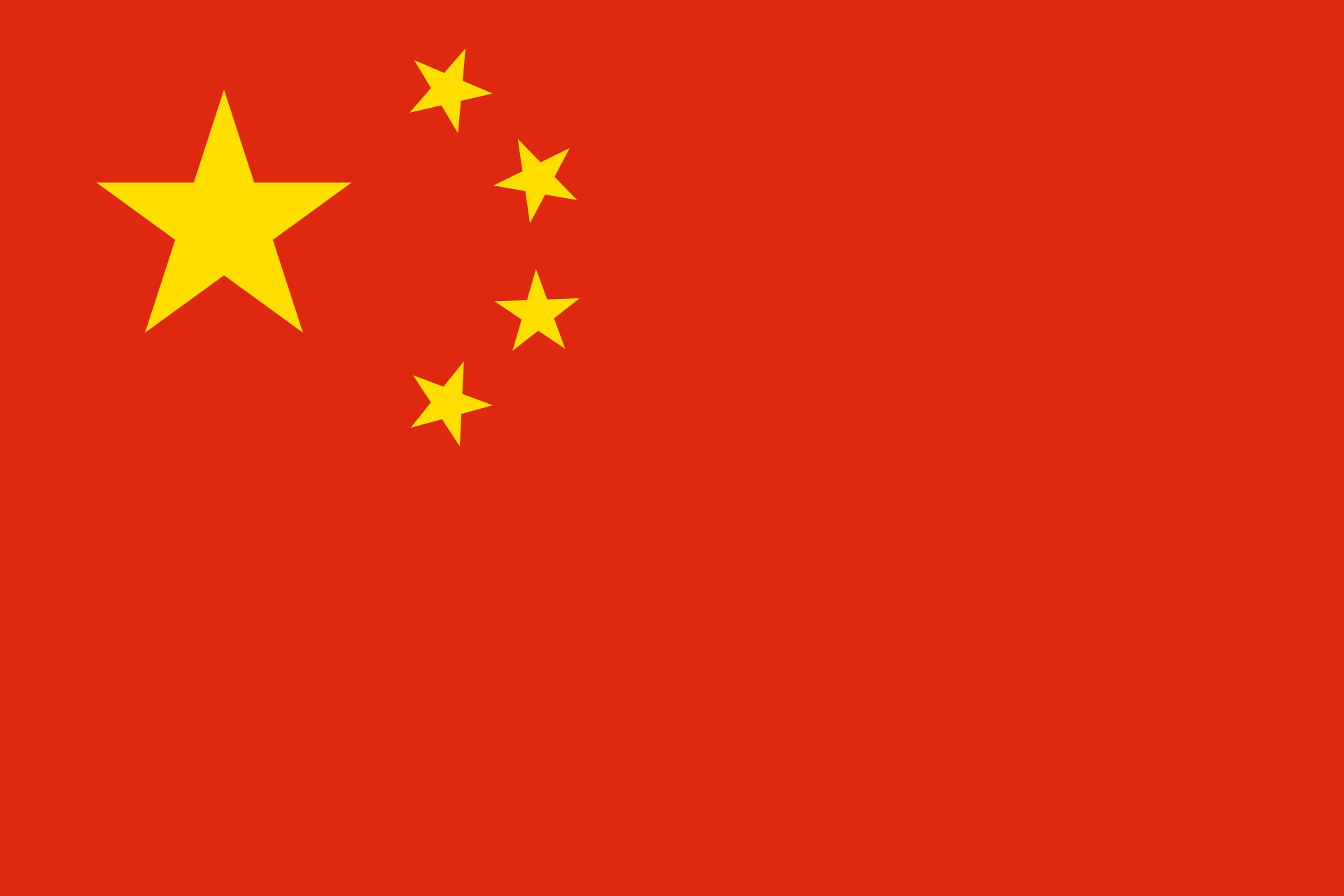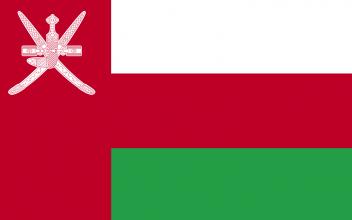Political stability was important in keeping a flourishing trade along the Silk Roads and in regulating the goods traded. The collapse of the Chinese Han Empire in the third century AD and the Roman Empire in the fourth and fifth centuries disrupted trade by making these regions unsafe for travel. Other powers took over their role, most notably the Sassanid Empire in Western Asia and the Sogdians further east, under whose administration the Silk Roads thrived once more.
The voyages of medieval merchants to the Far East provided fuel for exotic stories about their travels on their return. The earliest account dates from the fourth century BC, and includes many fabulous stories, whilst much later, in the thirteenth century, the explorer Marco Polo was also widely disbelieved with regard to his stories of the East. This element of mystery also helped to make eastern goods very fashionable in seventeenth and eighteenth century Europe.
The business of trade was demanding on the merchants who underwent the journey, whether by land or sea. Over land, the nature of the terrain and its suitability for travel on camel or horseback determined the trajectory of passing traders. By sea, developments were continually being made to ships and to the instruments used for navigation, and all merchants took measures to accurately record the merchandise they carried with them.
The Spice Routes are the vast web of trading networks that connect the Far East with the Mediterranean, covering more than 15,000 kilometers of land and sea travel. Traders bought and sold goods from port to port, and some of the most valuable and desirable on the market were spices, emanating originally from Indonesia, southern China, India, Sri Lanka, and in particular, the Spice Islands in the Pacific Ocean, and on demand throughout Asia and Europe.
The breakthrough by the Portuguese navigator, Vasco da Gama, to the East in 1499 opened up for the first time the prospect of European control of the Silk and Spice Routes. Their established hegemony over the trade routes was not challenged until the end of the sixteenth century, when Dutch and English forces became a threat.
The development of empires was closely linked to the control of international trade. Commerce around the Mediterranean in the first millennium BC was dominated by the Greeks – but in his efforts to extend his empire, Alexander the Great made advances to take control of the Indian trade too. A similar pattern is seen in the emergence of the Roman Empire, which had access to the eastern market through Egypt, and at the same time, the Chinese empire was opening trade routes to the west to strengthen its own power.
The routes that stretched between the Far East and Europe transported more than simply merchandise to trade. The tax from merchants funded the development of civilizations all along the length of the routes, and the intellectual and cultural exchanges that took place were vital to the emergence of vibrant, independent, yet interconnected cultures across modern Central Asia.
The Mughal Empire united the individual states of India between the sixteenth and nineteenth centuries under one sovereign power. It was, necessarily given the diverse nature of Indian society, an empire in which cultures and religions blended rather than asserted dominance. As such, the Mughal court became a flourishing center of art and culture, based on a combination of Indian and Perso-Islamic traditions, until its dissolution into civil war in the nineteenth century.
Nomadic societies in sixteenth century Central Asia were highly structured and had strict hierarchies, as did the sedentary communities that inhabited the cultivated parts of the macro-region. The role of women within these societies varied largely depending on terrain, the type of economy practiced, and traditions of individual communities. Women in nomadic tribes, who were often required to assist in herding animals and building tents, had fewer restrictions over their dress and conduct than those who lived in urban communities.
The production of legal, political and historical works in medieval Central Asia was closely associated with political context. The Mongol invasions of the thirteenth century severely shook the Islamic Caliphate, resulting in an increase in the number of historical works and chronicles being produced. Legal and political studies also evolved in this period.




